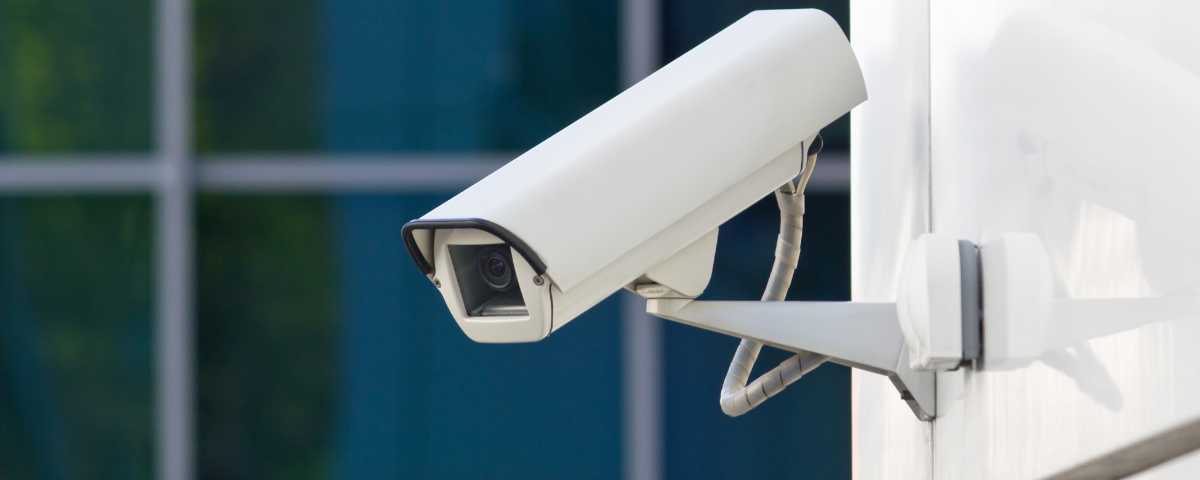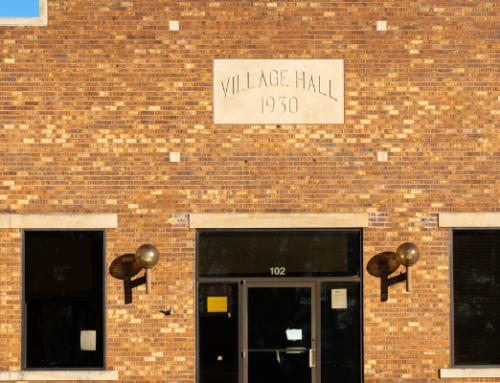Over the past 12 months, the UK has faced a number of unsettling economic changes.
We’re in the midst of a cost-of-living crisis, energy prices are at an all-time high and police departments are under ever-increasing pressure. So it should come as no surprise that as a consequence theft is on the rise.
Commercial property theft
Whilst there hasn’t been an increase in the frequency of property theft claims this past year, there has been a significant jump in the severity of losses to commercial premises, and in particular to warehouses.
Many of these thefts appear to have been carried out by organised gangs who are choosing to return to more traditional methods. Typical scenarios include deactivating electronic security systems (alarms, CCTV) by cutting communication lines, followed by entry using brute force, often through walls.
Allianz have seen forced entry via light weight walls (e.g. peeling back metal walls) and more substantial walls (brick or concrete) using industrial-strength tools. These are not opportunistic thefts, but are instead well-planned operations.
These thefts are often aided by inadequate security systems, allowing thefts to take place over the course of a whole weekend in some cases. The typical nature of targeted goods appears to be ‘low bulk/high value’ such as games consoles, smartphones, trading cards (e.g. Pokémon) and clothing/sports equipment, however there has also been thefts of bulkier items, such as stocks of metal.
Case study – Clothing was stolen from a warehouse
Thieves spray painted over the CCTV cameras and then gained entry via the roof, before breaking a hole in the wall to remove stock from the building.
An Arctic lorry was used to take stock away. The thieves managed to avoid alarm sensors, as there weren’t any installed in the warehouse racking.
Keeping premises secure
A common way for thieves to evade detection is to force entry through a wall and remain in a single area of a warehouse that isn’t covered by an alarm system. Early detection is critical in minimising a potential loss.
Here are some tips to help bolster security and prevent commercial property theft:
1) Alarm systems
- Install detectors that can track internal movement over a large expanse or vibration detection on walls. Ensure there is clearance space between pallet racking and the wall to allow effective detection. Speak to your alarm provider to ensure the alarm is fit for purpose and is able to detect issues such as transmission path failures and masking of detectors.
- Install high/roof alarm systems or bars on skylights to detect forced entry through vulnerable roofs, protecting stock stored on high racks or mezzanine floors.
2) Alarm protocols
- Ensure that nominated employees understand what is expected of them in the event of a system alert. This should be carried out in conjunction with the alarm/CCTV company and any risk assessment should include the employees’ health and safety.
- Employ a professional key holding company; these should be members of the Security Industry Association’s Approved Contractor Scheme (ACS).
3) CCTV
- Install a detector-activated, remote CCTV system (BS8418 rating standard and installed by a NSI or SSAIB accredited contractor). Ensure that such a system covers the premises adequately and that the remote video response centre is regularly updated with working patterns.
- Check if security systems can detect interference (e.g. moving or removing cameras, transmission path failure etc.), can transmit warnings to an approved monitoring centre, and can emit an audio warning to intruders.
4) Secure stores
- A suitably rated safe or locked office may be suitable for smaller items, such as operating keys and devices for vehicles and mechanical handling equipment, such as forklift trucks. Theft of these items are commonplace, so securing the operating keys will reduce this possibility.
- Place higher-value stock in internal secured rooms, security cages or strong rooms.
5) Security fog devices
- Consider installation of a security fog device to protect against higher theft exposure. While this fog is harmless, it’s important to ensure that the device is safety accredited (BS EN50131-8 rating standard) and correctly installed.
More ways to bolster security
- Roller shutter security
- Perimeter protections (fences, external alarms, lights)
- Ram raid protection
- Doors / windows shutters and bars
- Security guards – the presence of security guards is a great deterrent; however, static manned guards are often far more effective than random patrols.
It’s important to carry out weekly audits of security protections (e.g. security fences, lighting etc.) to make sure that they’re fully operational. Be vigilant about damage to security protections as this could indicate a planned theft.
We are here to help
If you are concerned about how this affects you and your business and would like support in assessing your needs, we are here to help. Please do get in touch for confidential advice and guidance.
This article was adapted from an article by Allianz which can be found here.






